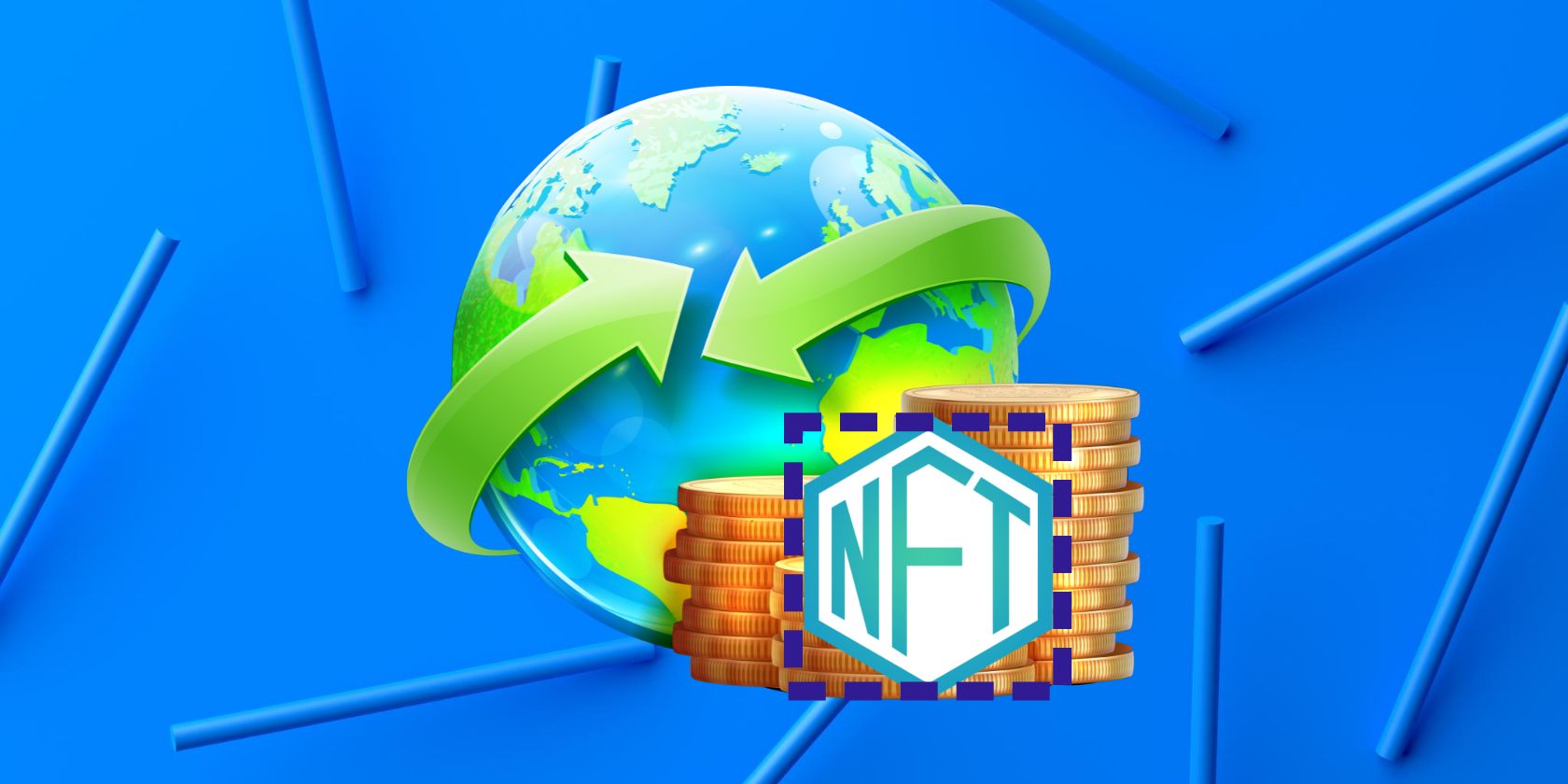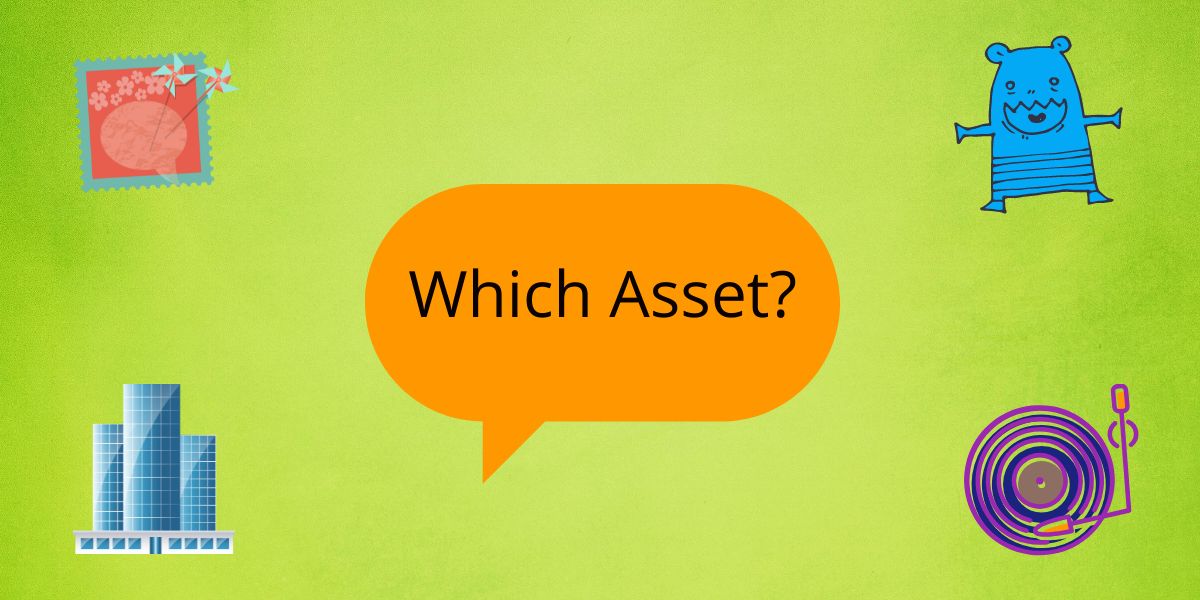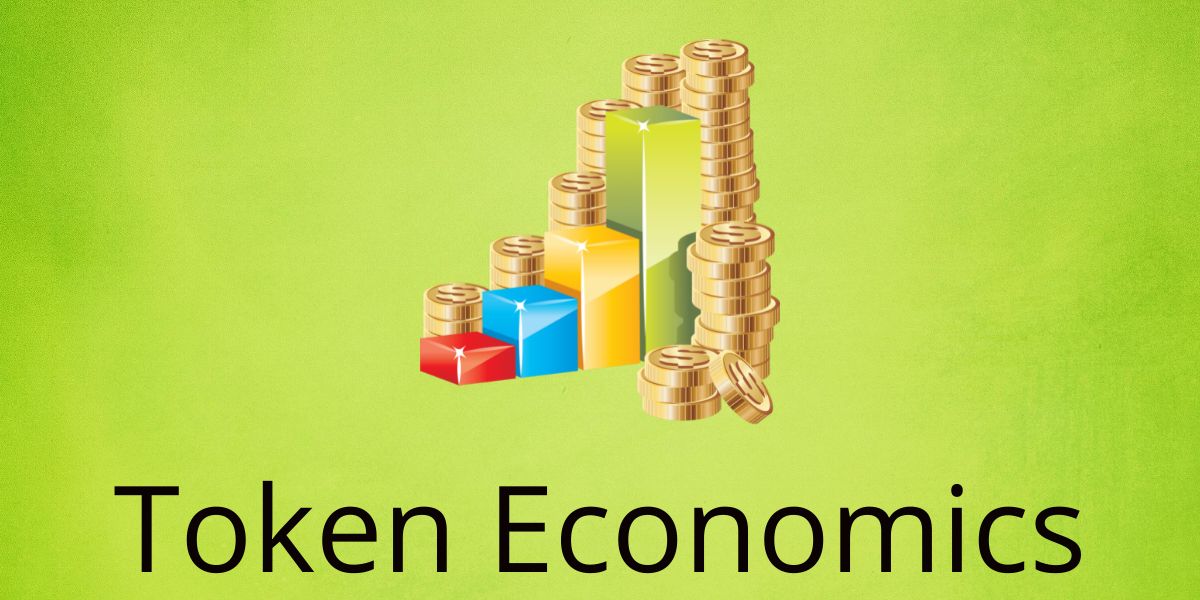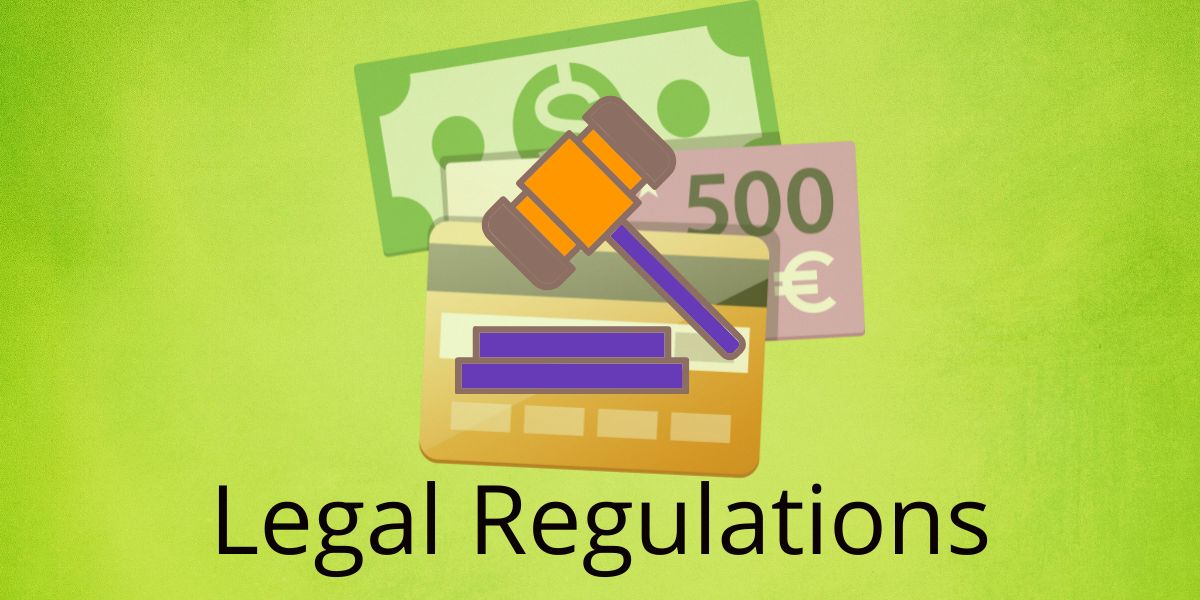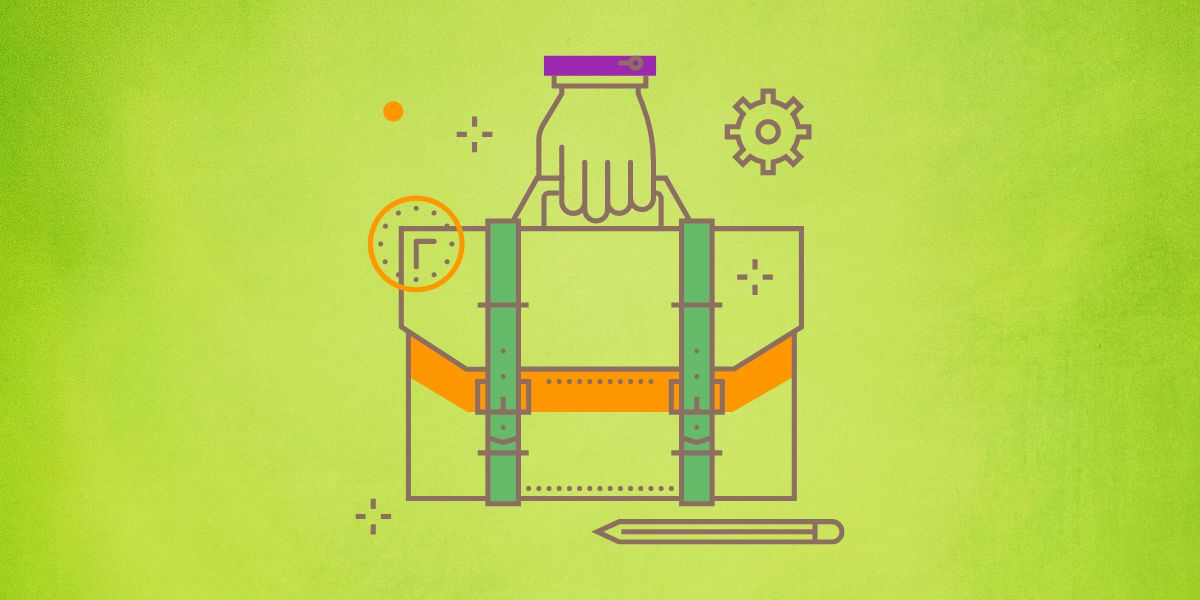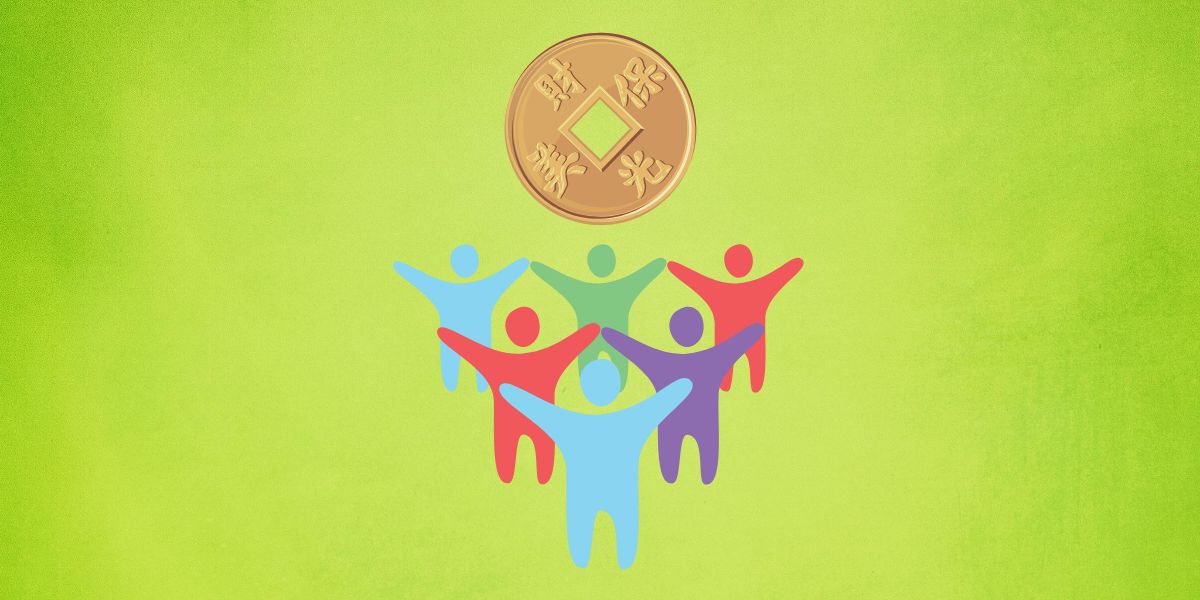Artist Mike Winkelmann (AKA Beeple) sold the NFT of a digital image collage for $69 million. Sounds good, right? Could you sell any of your assets or artworks at such a price?
Probably not, but by tokenizing your asset, you can make a digital representation of the asset using blockchain technology. It can also be a source of crowdfunding for aspiring artists and enables more control over incoming payments.
So, here's what you need to know about asset tokenization and the steps for developing non-fungible tokens (NFT) for your assets.
What Is Asset Tokenization?
Asset tokenization refers to the process of creating digital tokens that represent ownership of a real-life asset, commonly known as NFTs. The token creation process uses blockchain technology, allowing you to store and trade the tokens freely and securely as you would with other cryptocurrencies and blockchain-based assets.
After generating a non-fungible token of an asset, you can list it on an NFT exchange (if you wish to sell ownership of it). It is possible to tokenize assets directly with well-understood market value, like artwork or digital trading cards. However, tokenizing real estate or artwork will require assessment and auditing by a bank, accountant, or law firm.
The following steps will help you understand how you can tokenize your personal assets or skills to fund development projects that add value to your assets.
1. Selecting the Asset
You can tokenize anything that you own or can create, but it's worth choosing something that might hold its value (which is why the current NFT market features so much "art").
The following are the most popular things that individuals tokenize:
- Gold, diamond, platinum, commemorative coins, share certificates from big enterprises, gems, etc., whose value will only increase over time.
- You can create NFTs against assets like a luxury car, aircraft, yacht, or even your house. Again, you’ve got the option to decide what percentage of the asset the token will represent.
- The most popular assets for tokenization are artworks, music collections, graphic design, images of pets, sports collectibles, and antiques.
- You can also tokenize intangible assets like patents, trademarks, copyrights, carbon credits, etc.
Whenever you’re going for asset tokenization, choose something that’ll stay relevant to the economy and technology of the next couple of years.
2. Identifying the Revenue Model
If you’re tokenizing your paintings, graphic designs, or any other form of visuals, then you may want to list them in NFT marketplaces like OpenSea, Crypto.com, or Orica. When someone purchases these tokens, you’ll get funds to fund any development projects.
If you’re a software programmer, app developer, or UI/UX designer, then you’ll be tokenizing your works or your working hours. Besides token purchases, you can also offer your service to token holders that will further increase the value of your tokens.
Matthew Vernon tokenized his product designing skills in the form of BOI tokens in an Ethereum blockchain. You can exchange one BOI for a one-hour expert product design service from Matthew Vernon.
3. Token Economics
Token economics partially controls the success of asset tokenization. NFTs issued for your paintings, UI/UX designs, graphics, memes, collectibles, or photographs, will grow in value if you continue to deliver progress in the project that you’re funding.
The value of the tokens will also increase if suddenly more people start supporting your project and invest in your tokens. This unexpected rise in demand for your tokens will minimize the supply, and hence value rises.
You can either go with one-off token sales or gradually increase the number of tokens. You’ll need to follow the token economics of other similar tokenization projects. Keep an eye on the NFT marketplaces like OpenSea or Binance to track the value and transactions of equivalent tokens.
4. Creating NFTs Online
The most popular form of NFT is an ERC20 token on the Ethereum blockchain. There are many online platforms that you can use to mint your tokens. ERC20 Token Generator, Guarda, and TokenMint are the most trending ones.
Creating an ERC20 NFT is simple and takes less than 10 minutes. However, you need to possess a cryptocurrency wallet and some Ether (ETH) in your wallet.
You’ll need to fill an online form regarding the NFTs details, like name, symbol, initial supply, token type, and the blockchain network. The charges vary with the platform, and in general, you pay a commission fee, gas fee, and so on.
5. Legal Regulations
If you’re tokenizing something that you own just for yourself, then you only need to comply with the following:
- Local monetary transaction laws.
- Paying any necessary taxes while transacting online. Usually, the tokenization platforms take care of taxing you.
- Local laws in regards to cryptocurrency transactions.
In crowdfunding scenarios, you’ll need to create solid legal documents. It's crucial if you’re transferring partial rights of patents, trademarks, or real estate.
6. Custodian Arrangements
If you want to keep complete control over your NFT tokens, then you may not want to go through a custodian crypto wallet. You can create crypto wallets with MetaMask or Trust Wallet, which are non-custodian wallets.
However, managing your crypto wallet and tokens through a custodian platform is always a good idea. If you lose the passcode for transactions, the custodian can help you in retrieving your account.
In custodian arrangements, your private key stays with third-party custodians like Binance or Guarda. They also help you in facilitating easier token issuing and trading from their platform.
7. Distribution of Tokens
At this point of the process, you have to release or distribute the tokens for the buyers to purchase them. Usually, events like Initial Token Offering (ITO) are the best occasions to release the NFTs.
Such events include technically processing tokens, running the ICO, and issuing the current tokens. Apart from the tokens, you’ll need the offering documents and marketing support tools for ICO.
8. Expanding the Network
As you have successfully completed all the above steps, you are ready to start funding personal projects through NFT issuance or hold on to your tokens as collectibles.
If you’re willing to raise funds for development projects, you need to concentrate on marketing your tokens. Make sure the news of your asset tokenization reaches the maximum number of potential project supporters and investors.
You can attract a massive audience by using different digital marketing tactics like content marketing, newsletter/email marketing, online advertising, video marketing, referral programs, and press releases.
You can also actively publicize on social media platforms to spread the news among interested people.
Start Creating NFTs for Your Assets
This article gives you a simplified idea of the process of asset tokenization and creating NFTs. Before entering the tokenization ecosystem, you need to follow all available regulatory and safe investment guidelines.

